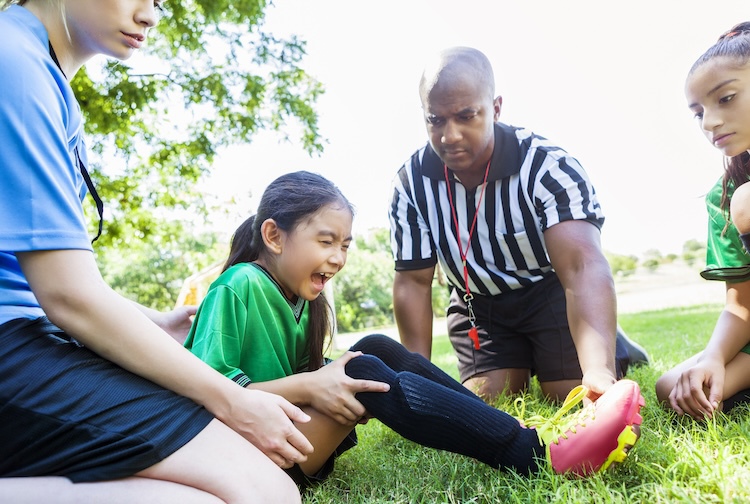
Tips for taking antihistamines safely
Experts from the Virginia Poison Center share how you can stay healthy and safe while taking seasonal allergy medications.
March 20, 2024 Dosage for seasonal allergy medications are different for children compared to adults. (Getty Images)
Dosage for seasonal allergy medications are different for children compared to adults. (Getty Images)
By Shelly Clary
It’s that time of year when pollen, ragweed and other spring allergens begin to bother us.
A 2023 study from the Centers for Disease Control and Prevention found 25% of adults and nearly 19% of children under 18 years old have seasonal allergies, also known as allergic rhinitis or hay fever.
Antihistamines are medications used to treat allergy symptoms by blocking histamine. While antihistamines are helpful for relieving allergy symptoms, experts from the Virginia Poison Center note that too much can be dangerous – especially for children.
What causes seasonal allergy symptoms
Seasonal allergies occur at different times of the year and are typically caused by specific pollens, such as:
- Spring – flower, tree and grass pollen
- Summer through fall – grass and weed pollen
- Late summer through fall – weed pollen
You may experience allergy symptoms when airborne irritants, or allergens, enter the eyes, nose and throat, causing the body to release what is called histamine. The release of histamine triggers allergy symptoms, including:
- Stuffy or runny nose
- Sneezing
- Itchy eyes and nose
- Sore throat
- Cough
What types of antihistamines are available to treat seasonal allergies?
Antihistamines can be found in over-the-counter cold and cough products in combination with decongestants, pain relievers and cough suppressants. They’re available as liquids, tablets, nasal sprays and eye drops for both children and adults. Some of these medications should not be used for children.
It's important to know that there are two main classes of antihistamines that work in different ways and have different side effects.
Older first-generation antihistamines – sedating antihistamines – can cause more drowsiness and fatigue than the newer products. Side effects may include dizziness, poor coordination, dry mouth, nausea and vomiting, blurred vision, and trouble urinating. Occasionally children can become very fussy or irritable instead of drowsy when taking these medicines. Various brands include over-the-counter medications like Benadryl® (diphenhyramine), Chlor-Trimeton® (chlorpheniramine) and Dimetapp®, or prescriptions like Bromfed®, Vistaril® and Atarax®.
Newer, second- and third-generation antihistamines – non-sedating antihistamines – are used more frequently as they don’t typically cause drowsiness. These products are known to last longer and can be dosed once per day. However, if taken in a high dose some of them can cause drowsiness and rapid heart rate. Various brands include Zyrtec® (cetirizine), Claritin® (loratadine) and Allegra® (fexofenadine).
Be careful about how much and how often you take antihistamines
Antihistamines are safe when used according to the directions on the label. Serious side effects can occur if you take too much. So, it’s important to always read the label carefully.
Here are some other safety tips to consider:
- Do not take more than one medication with the same active ingredient at a time unless instructed to do so by a healthcare provider.
- More is NOT always better! Do not double up on doses.
- Use the dosing device that comes with the medication to ensure you are taking the correct amount.
- These medications are different for children and adults. Be sure to buy and use a children’s product when giving antihistamines to children.
- Stay hydrated.
- Consider writing down a schedule, names of medications and dosages to keep everyone in your household on the same page.



